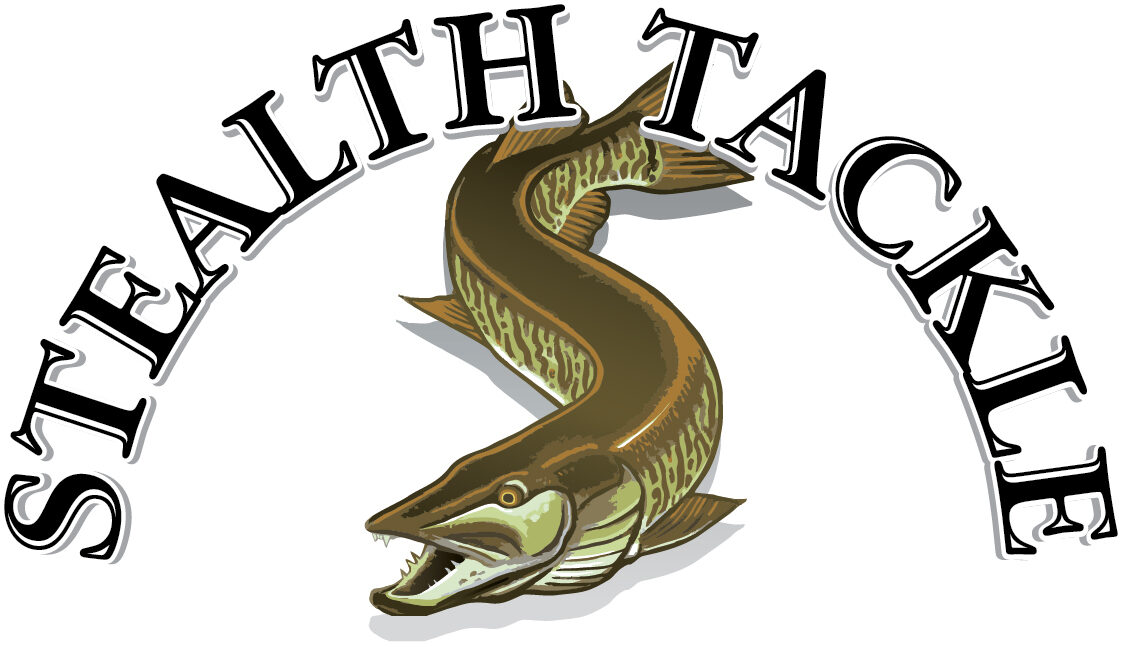Match Your Leader Size To Your Bucktails
MHM August/Sept 2019 (Page 24) (Page 25)Now that we’re in full blown summer mode, there is one lure type that stands out above the rest. Bucktails (or as some will refer to them, in-line spinners) appeal to both the casting and trolling crowds. If you are fishing in the summer months, at some point you should give a bucktail a considerable amount of time. Their track record speaks for itself. One misconception is thinking summer is the time of year to only use big bladed bucktails, and that smaller bladed baits are better for early season fishing. While bigger bucktails have proven to be very effective, you don’t want to fall into the trap of not downsizing in the blade department when necessary. On the terminal end of things, we can make your day a little easier as well as help you achieve better results. Most bucktails are not leader-sensitive. For the most part it boils down to personal preferences as far as size and type of leaders, especially with the average- to larger sized bucktails like Double Cowgirls, Spanky Fireballs, and other lures in those categories. For these lures mentioned, if you want to use fluorocarbon, I recommend a 130- to 150-pound test leader measuring 12 to 14 inches in length. If you prefer solid wire leaders, a 12-inch 174- to 240-pound test leader will get the job done. If you are a fan of stranded wire, either seven- or 49-strand, 12-inch wire testing 135 to 175 pounds works great. It is no secret, however, that a full day of fishing with such larger lures can wear you down. A great option to consider is to stick with bucktails, but maybe downsize to a smaller version to stay a little more focused and fresh. Again, you want to consider leader options. If you clip a smaller bucktail to a standard heavy fluorocarbon or wire leader, you may not get the best performance from them. Heavier leaders on smaller lures can also wear you down more quickly by requiring more effort to cast. Utilizing a lighter fluorocarbon leader will definitely help, but proceed with caution. Once you start downsizing fluorocarbon the risk of a bite-off becomes much higher, so keep that in mind anytime you downsize. This is a good time to consider going with wire over fluorocarbon for your leader. Wire is much thinner than fluorocarbon yet is still considerably stronger and abrasion resistant. A few years back, Steve Heiting helped develop a small 124-pound test wire twitchbait leader for better balance with some of the lighter, more leader-sensitive twitchbaits on the market. By adding a smaller, strong, ball-bearing swivel to the end of this shorter, lighter leader, it wound up being fantastic for small-sized bucktails like Musky Mayhem Baby Girls, Mepps, Rabid Squirrels and others. With smaller, lighter leaders, there is no bulky hardware to inhibit the blades moving through the water, giving them their full vibration capabilities to help trigger fish. Also, the lighter, smaller leader on these small bucktails helps with their castability. To further explain what I am talking about, a heavier fluorocarbon leader is going to flex as it is cast. This will cause more movement through the air, making smaller bucktails harder to cast because of their lighter weight. Another item that will help with this application is a longer, medium-heavy action rod such as a St Croix Legend Tournament 8-foot-6 Long Ranger. Balancing your leader and rod to your lure reduces the effort necessary for your cast which may give you that little extra energy to fish just a little longer! Don’t let bucktail fishing wear you down or end your day too early. You want to be focused and ready when you finally engage that fish. Don’t think for an instant that downsizing bucktails means you’re targeting smaller fish. There are plenty of giant fish caught each season using smaller blades. Small bucktails are definitely worth giving some action in your rotation, and matching them with the correct terminal tackle will help you achieve better results.


